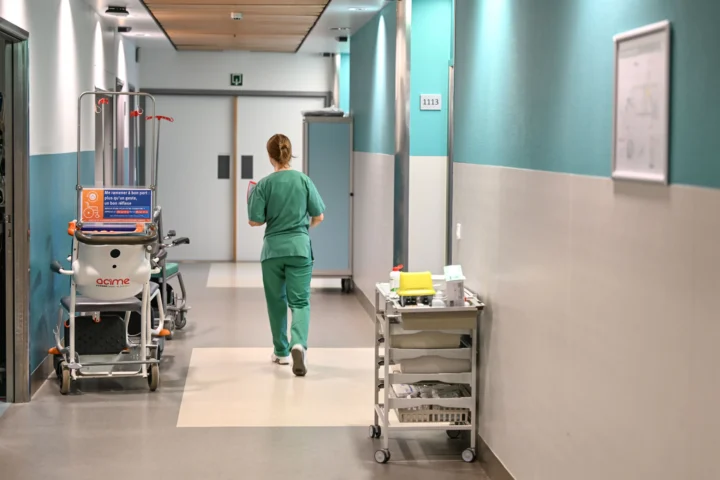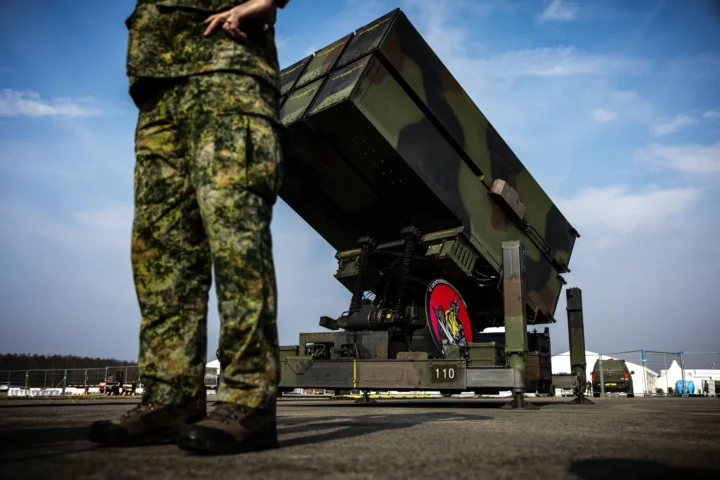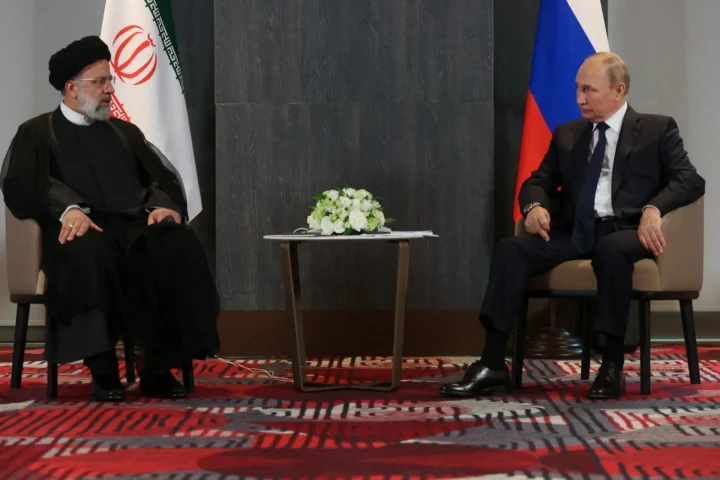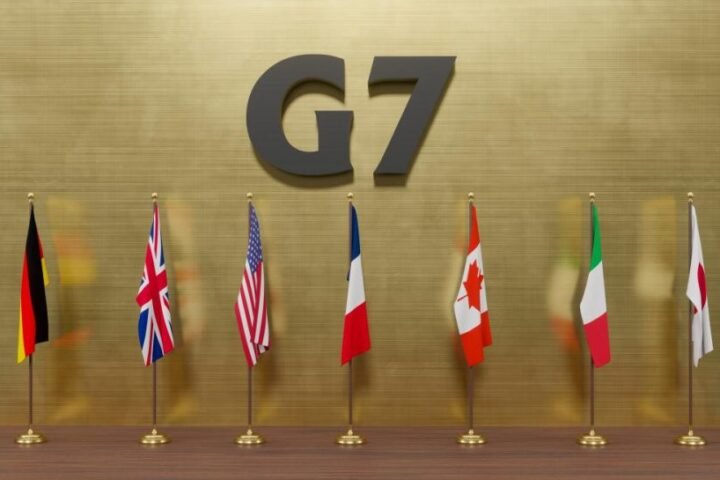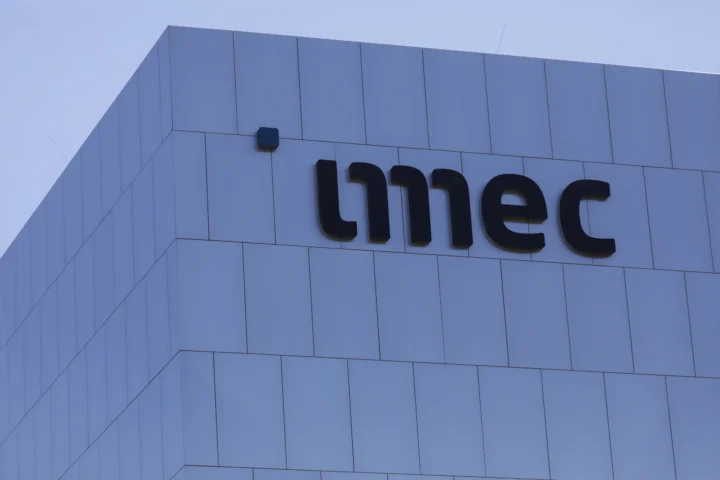Nuclear can play a key role combating global warming, IAEA chief Rafael Grossi has told DW. But it is not without its challenges, especially since Russia’s invasion of Ukraine.
International Atomic Energy Agency (IAEA) General Director Rafael Grossi told DW about the increasingly important role of nuclear energy, which is associated with much lower carbon emissions than fossil fuels, and some of the challenges facing nuclear energy, especially following the Russian full-scale invasion of Ukraine.
“We have clearly a new international consensus on the need to have also nuclear energy as part of the tools against global warming and also for energy security,” Grossi said, stressing its particular importance for Europe.
Russia’s war in Ukraine challenges the nuclear model
Not only was Russia a main supplier of gas and oil to Europe, but it was also a key supplier of fuel for nuclear power plants. Grossi said the United States and some countries in Western Europe are trying to develop their own nuclear fuel, but shifting away from a reliance on Russia would still take some time.
“At the moment we have a structure of the market which recognizes a special place perhaps the majority of the market for the Russian supplier,” he said. “We see this from the perspective of the IAEA as a technical matter.”
Within Ukraine itself, Grossi also emphasized the danger the war poses to the Zaporizhzhia nuclear power plant — the largest in Europe.
“We should never, never forget that this nuclear power plant is sitting at the front lines of the war,” the IAEA chief said. “This means that anything can happen any moment.”
However, he emphasized that some basic principles introduced by the UN Security Council last year have managed to hold off the worst.
“It has been working, of course there are moments there have been blackouts, which are also a very dangerous development,” he said. There have also been isolated incidents of drones and “some kinetic impacts” at the site, but they “have not compromised the safety of the plant,” Grossi added.
Small modular reactors in the next five years
Grossi predicted the arrival of the first small modular reactors (SMRs) in Western Europe and North America “probably within the next four to five years.”
According to the IAEA, SMRs have a power capacity of up to 300 megawatts electric (MWe), which represents around a third of the capacity of a regular large nuclear power plant. However, they also have the advantage of being cheaper and easier to install, especially in areas with limited grid coverage.
“There is intense interest, even demand … in middle income and developing countries, for example, in Latin America, in Africa, in some parts of Asia, for these types of reactors, which are smaller as the name says it, but also more affordable that the big typical nuclear reactors that that we know,” Grossi said.
SMRs could also benefit Europe as it seeks to achieve carbon emissions neutrality by 2050.
While some European countries, such as France, have invested massively in nuclear energy, Germany has gone in the other direction and shut down all of its nuclear power plants.
Grossi refused to say whether he thought this was a “mistake,” saying that it was a decision taken by a democratic country that is a member of the IAEA.
However, he pointed out that Germany is “the only country that has proceeded with a complete phaseout,” adding that “it’s never too late” to return to the nuclear fold.
Source: Dw
